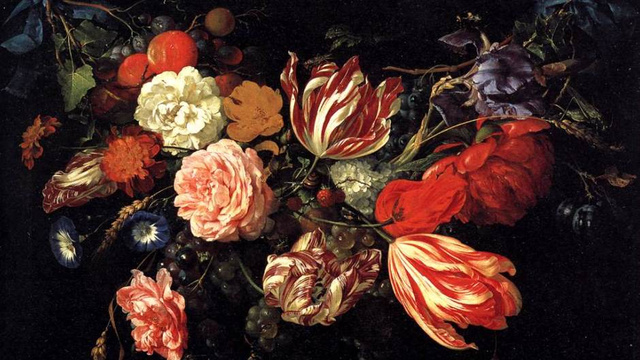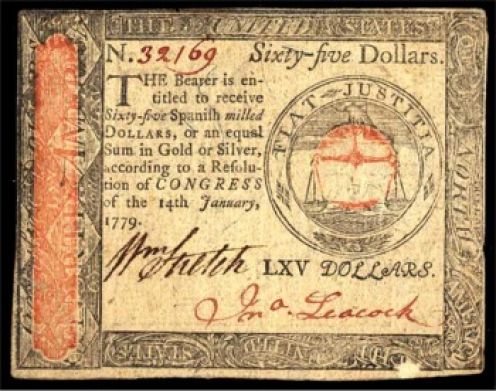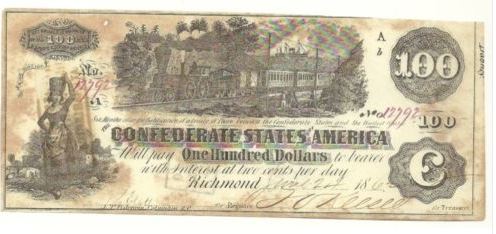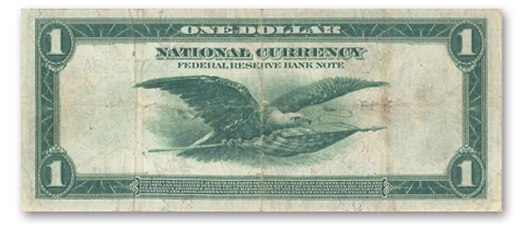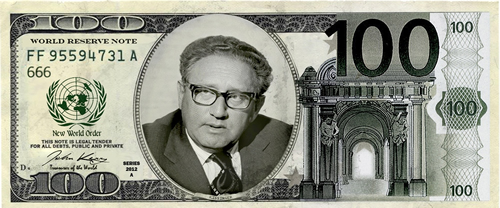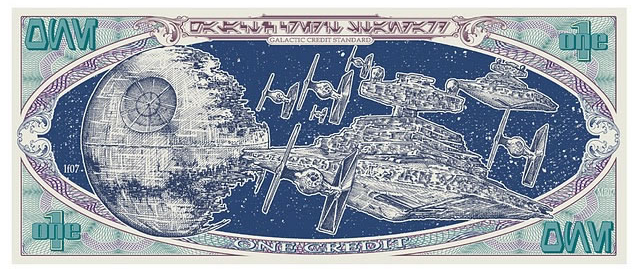Republished by Blog Post Promoter
Famously, the tulip speculation that happened in the late 1600s brought down the Dutch economy. But did you know that it wasn’t botany that brought down Holland, it was virology? The thing that sent speculators into despair wasn’t a flower, but a virus.
Tulip speculation was rampant in Holland in the 1600s. Brought over from Asia Minor, the flowers enlivened the Dutch landscape. They were sought after just at a time when money was pouring in to the Dutch economy, preparing people to spend their new found wealth on silly things. Prices climbed high and fast, and entire businesses were sold or traded at auction for a single bulb. Anything that gave people the opportunity to make money in a single transaction was valuable in and of itself, so tulip bulbs became a sensible thing to speculate on, right up until they weren’t. Suddenly people realized that they didn’t have the intrinsic value that everyone seemed to believe they did, and prices collapsed. Everyone old enough to read this has seen a crash or two in their time, so we can’t look on with too much smug superiority.
Well, maybe a little. After all, they’re just tulips. They can’t do anything except make more tulips, which should, if anything bring the price of tulips down. There doesn’t seem to be a reason for that kind of price range.
It turns out, though, that there was something that turned tulips into gold. Some tulips turned out to have a special quality that sent their worth through the roof. Some tulips, for no apparent reason, erupted from a solid color into a swirled, feathery bloom that was incredibly exotic and beautiful. No one seemed to know why any single bulb did this, and no one was able to establish a pattern for the change. The trade turned from an exchange of pricey luxury items to speculating on eagle eggs, on the understanding that sometimes, for no readily apparent reason, an egg hatched a griffin instead of an eagle.
But there was a reason, and it was called the Tulip Breaking Virus, or mosaic virus. It was transmitted either by contact with the bulb of an infected tulip or by different species of aphids. It changes pigmentation by affecting the distribution of anthocyanin, a pigment that can appear different colors depending on the pH of its area.
Of course, since that wasn’t known at the time, the Dutch dumped everything from pigeon droppings to dish water on their bulbs, all the while keeping prized bulbs away from the aphids or the other tulips which might actually have gotten them to break.
 Sadly, the virus did what viruses generally do — it killed the tulip after a few blooming seasons, driving up the price for a newly-broken bulb even higher. The virus turned tulips into lottery tickets , and so it was understandable that people paid too much for them. Semper Augustus, pictured to the left, was famous for being the most expensive bulb sold during the period. It cost 13000 florins, at a time when one could get a house and garden for a third of that price. But the rampant speculation one which bulb was a winner, mocked even at the time, could only be kept up for so long. The economy collapsed, and what caused tulips to break remained a mystery until the 1900s.
Sadly, the virus did what viruses generally do — it killed the tulip after a few blooming seasons, driving up the price for a newly-broken bulb even higher. The virus turned tulips into lottery tickets , and so it was understandable that people paid too much for them. Semper Augustus, pictured to the left, was famous for being the most expensive bulb sold during the period. It cost 13000 florins, at a time when one could get a house and garden for a third of that price. But the rampant speculation one which bulb was a winner, mocked even at the time, could only be kept up for so long. The economy collapsed, and what caused tulips to break remained a mystery until the 1900s.
The Tulip Breaking Virus is one of the many four viruses that cause flower ‘breaking’ that are still around today, with other strains affecting lilies. Gardeners now are cautioned to watch for these once-priceless flowers, and carefully weed them out of any gardens. Since the collapse of tulip speculation and the rise of tulip agriculture, botanists have selectively bred ‘Rembrandt Tulips,’ which mimic the swirled colors of breaking — without the degenerative virus. The name comes from the famous Dutch painter, since many owners of broken tulips would pay artists to make permanent copies of their fragile purchases. The paintings, of course, tend to be the priceless things now.
( via i09 )
Top Image: Web Gallery of Art
Semper Augustus Image: Norton Simon Image
Via SGM and Yard Smart.

